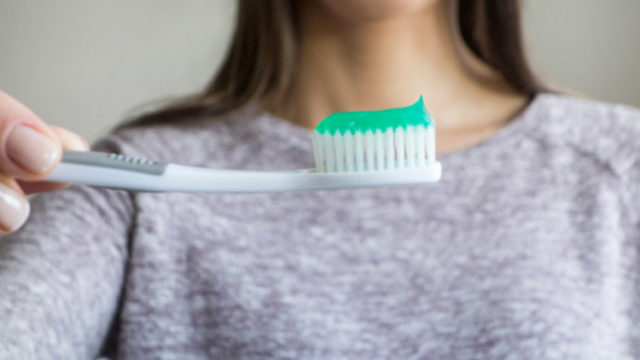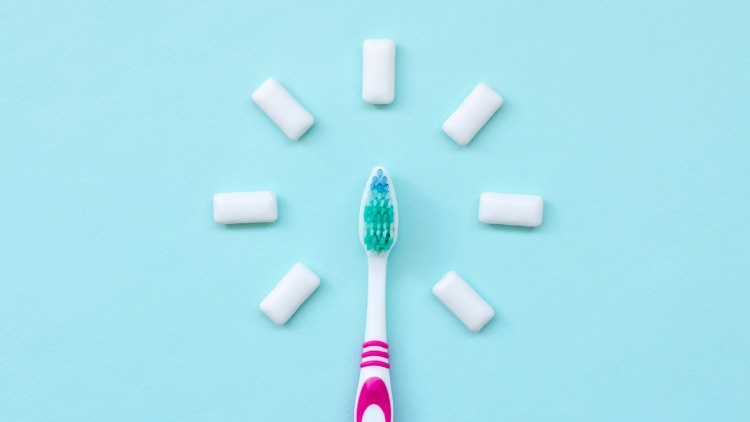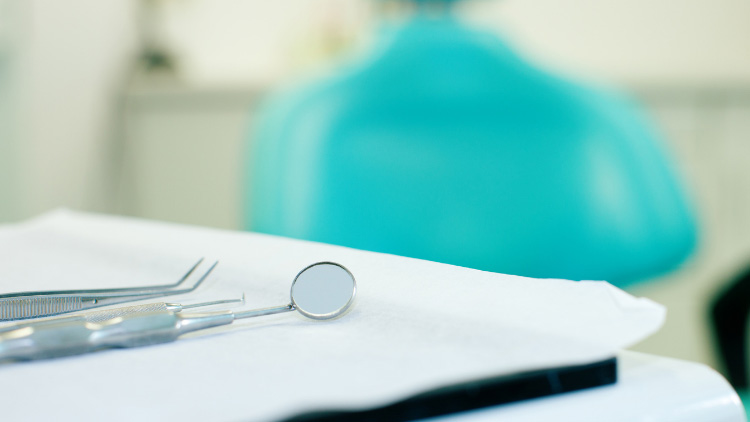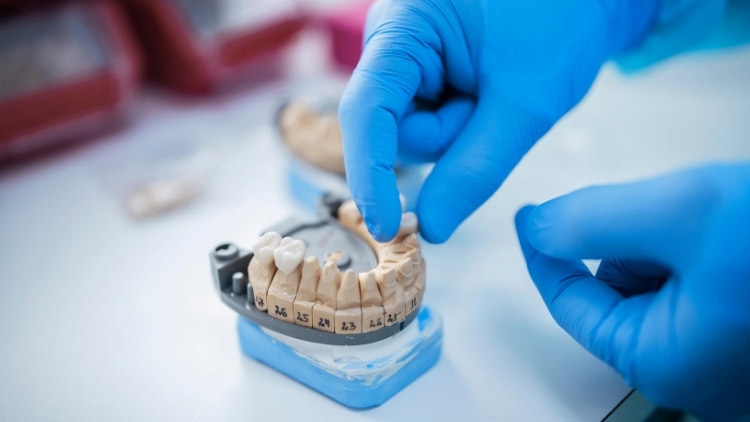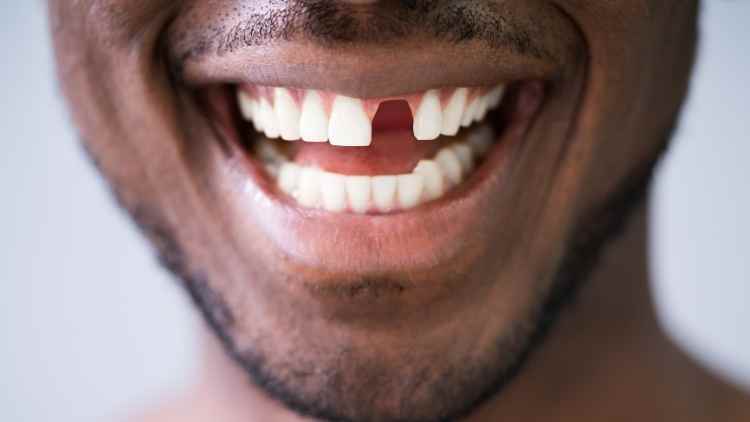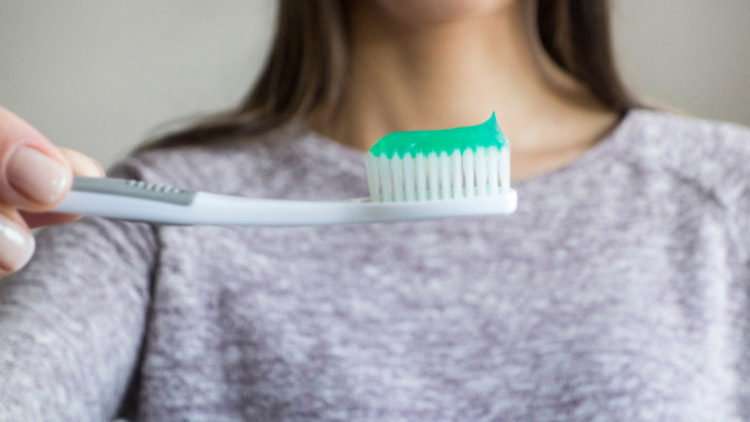
A lot of people have questions when it comes to brushing their teeth. How often should I replace my toothbrush? How much toothpaste do I really need? It may seem straightforward, but some of the answers to the most common teeth brushing questions may shock you.
What’s Better: A Regular or Power Toothbrush?
Both types of toothbrushes can get the job done. If you tend to get more plaque buildup or have trouble brushing by yourself, a power toothbrush may be a better option for you. Regardless if you choose a regular or power brush, always look for the ADA Seal of Acceptance as they have been tested and verified safe for your teeth.
How Often Should I Replace My Toothbrush?
You should change your toothbrush every three to four months, or once a season. While your dentist gives you a new toothbrush at your biannual visit, make sure you are changing them between your appointments as well. The toothbrush bristles wear out over time and won’t be able to keep your teeth as clean.
How Much Toothpaste Do I Need To Use?
The full length of your toothbrush’s bristles. Adults and children age 3 and older should use a pea-sized amount of fluoride toothpaste, and children younger than 3 should use fluoride toothpaste the size of a grain of rice. Again, make sure to use a toothpaste with an ADA Seal of Acceptance.
Which is Best: Hard, Medium or Soft Bristles?
Firm or medium bristles can cause damage to your enamel or gums, so always choose soft. In fact, all brushes with the ADA Seal of Acceptance are soft! When brushing your teeth, only brush hard enough to scrub the film off your teeth. Your fluoride toothpaste will the rest.
How Often Should I Brush My Teeth?
Brush your teeth twice a day. Once when you wake up in the morning and once before you go to bed.
Conclusion
A few healthy habits can keep both your body and your teeth in good shape. Remember to brush twice a day with fluoride toothpaste and floss between your teeth daily. In addition, eating a healthy diet and limiting sugary beverages and snacks will minimize your chance of tooth decay, keeping your mouth happy and healthy. If you have any questions about brushing or need recommendations for toothbrushes, contact our office today.

 Request an Appointment
Request an Appointment